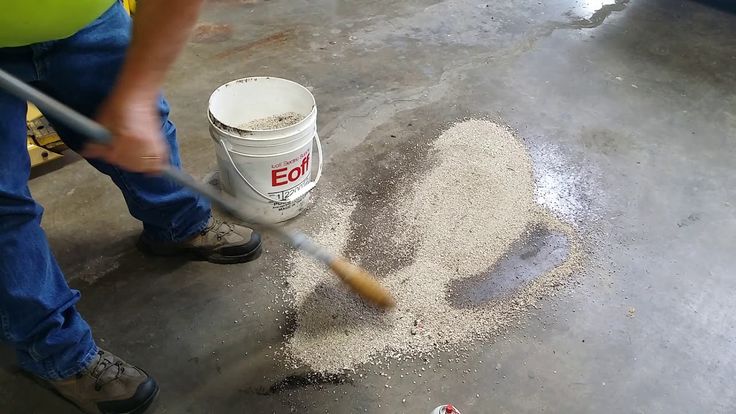Updated on December 4, 2020
Black tire marks are an unfortunate reality of a car on your concrete driveway or garage floor. Here, we discuss how to remove tire marks from concrete or epoxy surfaces.
The method you use to remove tire marks depends on where the mark is in your garage or driveway.
RELATED: How to Clean Concrete
Removing tire marks from a concrete driveway
If your driveway has a decorative concrete coating, follow the following steps. This information also applies if you’re looking into how to get burnout marks off concrete.
See SUNDEK’s Maintenance Guide for detailed information on removing black rubber marks and grease or oil stains.
Get a cleaning estimate
From your local SUNDEK dealer
Removing tire marks from an epoxy garage floor
If your garage floor has an epoxy finish, follow these cleaning steps.
Caution: When searching online for how to clean tire marks off concrete, you might see alternate remedies such as Goof Off.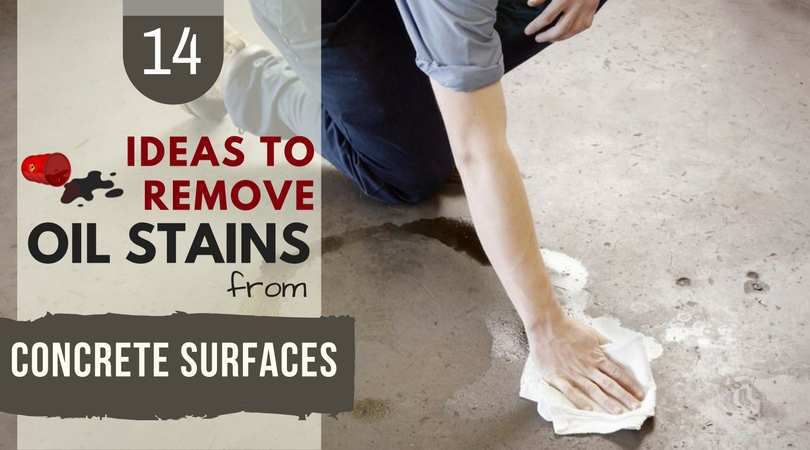 From experience, we have found Goof Off to be too harsh, so we do not recommend it to remove tire marks from concrete or epoxy.
From experience, we have found Goof Off to be too harsh, so we do not recommend it to remove tire marks from concrete or epoxy.
If you have an alternate product you’d like to try, or you want more information about how to get tire marks off concrete, contact us.
Although you can’t prevent tire marks, you can prevent buildup that will make the tire marks harder to clean. We recommend hosing off and cleaning the affected area on a regular basis to prevent a heavy buildup.
Some customers place mats on the floor where their tires will be resting while parked in their garage.
If you’re curious why tire marks happen, Chris Sullivan provides a summary of the chemical process behind tire marks (from an article on ConcreteNetwork.com):
“This is a phenomenon called “plasticizer migration.” Plasticizer are polymer compounds added to rubber, glue and plastic to make them flexible. The rubber used to make car tires contains plasticizer to improve traction. But when the car is driven, the tires heat up, causing the plasticizer to soften and leach out of the tire. When a hot tire is parked or driven on certain types of sealers, the plasticizer migrate into and discolor the sealer. The better the tire quality, the higher the quantity of plasticizer —and the greater the chance for hot tire marking. Lower-quality tires are harder and contain less plasticizer, so they usually result in less hot tire marking on sealers.”
But when the car is driven, the tires heat up, causing the plasticizer to soften and leach out of the tire. When a hot tire is parked or driven on certain types of sealers, the plasticizer migrate into and discolor the sealer. The better the tire quality, the higher the quantity of plasticizer —and the greater the chance for hot tire marking. Lower-quality tires are harder and contain less plasticizer, so they usually result in less hot tire marking on sealers.”
Related: Sealing Concrete Driveways
If your tire marks are especially stubborn, or you can't get rid of them completely, consider stripping and resealing your concrete or even resurfacing with a concrete coating.
It's time to get rid of that pesky tire scuff you've been meaning to clean up but haven't gotten around to. You've decided today is the day and you're wondering how to get tire marks off concrete.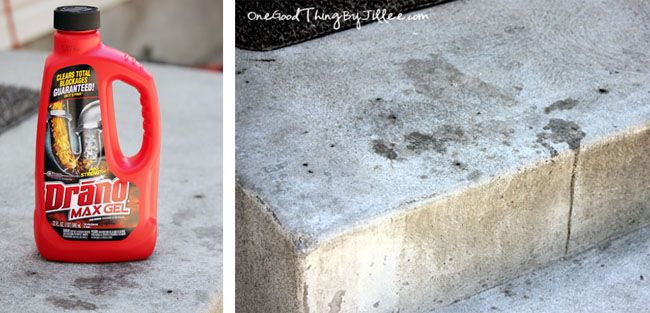 The answer is not as obvious as it might seem, but you may have realized that already if you've tried to wash it off to little avail. Luckily we've put together this guide on the best way to remove tire marks from concrete.
The answer is not as obvious as it might seem, but you may have realized that already if you've tried to wash it off to little avail. Luckily we've put together this guide on the best way to remove tire marks from concrete.
Here's our step by step guide on how to remove tire marks from concrete and get your driveway or garage floor looking pristine again.
Step 1. Clear the concrete floor of any debris
You'll want to make sure that you get all items off your garage floor or driveway. Make sure to cover up anything that might be in the way and could get wet or damaged. You'll also want to make sure you cover up any delicate plants in the surrounding area to ensure they are protected.
Step 2. Pour degreaser on the tire marks and let it sit
Use some concrete degreaser, like our CSP Degreaser, and pour it onto the scuffs and let it set for about 30 minutes while ensuring that you don't let it dry.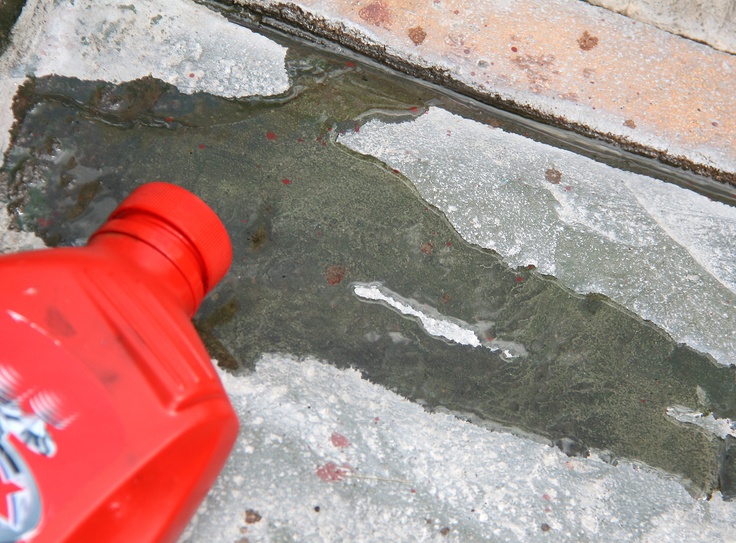 The key here is to not let the degreaser dry, so continue adding more as needed to keep it saturated wet. During warmer months try to do your work in the cool part of the day and with less sun so it does not dry out as quickly.
The key here is to not let the degreaser dry, so continue adding more as needed to keep it saturated wet. During warmer months try to do your work in the cool part of the day and with less sun so it does not dry out as quickly.
Step 3. Scrub the area with a stiff straw brush
While some people say that they only need to pour on the CSP and allow it to sit a few minutes and then it will power wash right off, we still find that scrubbing it with a straw brush usually gets it up better. Scrub the area using our high quality Straw Concrete Scrub Brush to move the degreaser around as it soaks in, and after the 30 minutes aggressively scrub it once more. You can also use a floor scrubber or floor buffing machine with the black aggressive scrubbing/stripping pad.
Step 4. Apply some more degreaser and continue scrubbing
You should apply some more degreaser after a few minutes and scrub some more.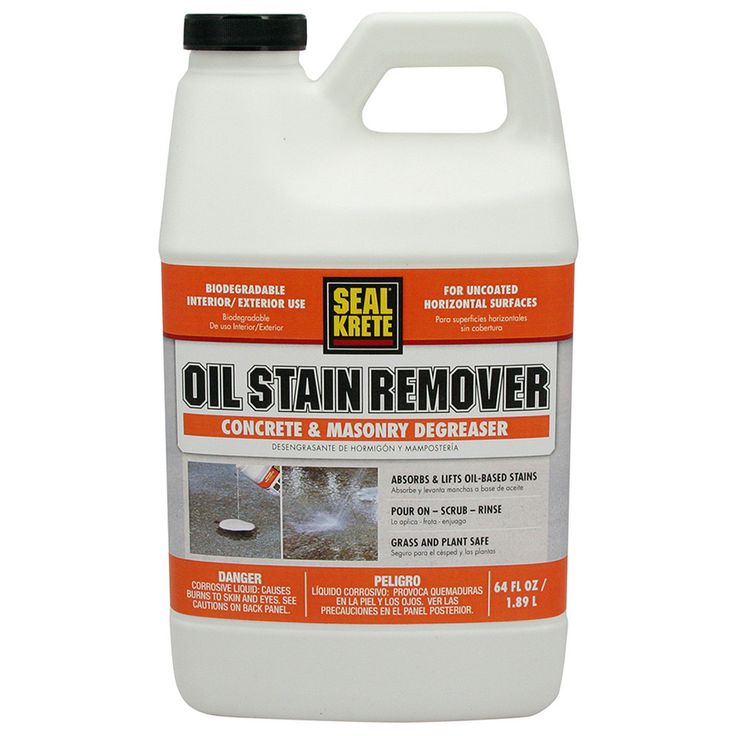 You won't usually need to do too much scrubbing at this point, but it's best to apply some more and give one last scrub.
You won't usually need to do too much scrubbing at this point, but it's best to apply some more and give one last scrub.
Step 5. Wash it off with a power washer
You can use a power washer or a sprayer nozzle to wash off the degreaser. If you are indoors, you can use a mop to wash it off.
Things to keep in mind
The CSP degreaser/cleaner is great for normal tire marks. Especially in garages, homeowner driveways, and the such. For really intense and massive tire marks such as on a commercial driveway or parking lot, while it usually works fine, if the CSP degreaser isn't strong enough, then you may need to move towards a harsh chemical such as Xylene.
It's also important to note that the CSP degreaser will work to strip concrete sealers. So while it's great for cleaning and prep, you shouldn't use it on sealed concrete unless you intend to strip the surface of the sealer for re-sealing. Just be aware that you should only use the CSP degreaser sparingly on sealed concrete and understand that you are still slowly stripping the sealer.
Planning to reseal? Make sure to check out our guide on sealing concrete and our Clear Shield water based sealer to ensure you get a long lasting finish on your newly cleaned concrete floor.
Add To Cart
View Product
During operation, the paving surface is exposed to various external and mechanical factors, as a result of which dirt and stains may appear on the surface. Some of these contaminants are quite easily cleaned with household chemicals, but sometimes a whole range of care measures using professional products is required to restore the appearance of the paving.
We have compiled a detailed overview of how to get rid of various types of stains on paving slabs. nine0006
Fresh oil stains (machine oil, diesel fuel, etc.) can be removed using absorbent materials - paper towels, rags, sawdust. In this case, one should not resort to increased friction in order to avoid contamination of a larger surface of paving slabs. Stubborn oil and grease stains should be removed using organic solvents - white spirit, solvent, etc. (be careful on colored coatings!). nine0003
Stubborn oil and grease stains should be removed using organic solvents - white spirit, solvent, etc. (be careful on colored coatings!). nine0003
Among modern building chemicals, it is recommended to use cleaning agents MC Entoler, Basf PCI Entoeler. You can also use a special biosorbent "Ekolan M" , which decomposes petroleum products. Contaminated sand in the tile joints should be replaced with clean sand.
White spots on paving slabs are the result of efflorescence (white salt deposits) and lime deposits. After 1-2 years of operation, efflorescence, as a rule, disappears under the influence of rains. nine0003
To quickly remove efflorescence and improve the appearance of paving , special chemical compositions are used - “Tiprom”, “Neomid” . Depending on the degree of contamination, the product must be dissolved in water in the required proportion, determined by the work instructions. The resulting solution is applied with a brush, roller or brush on a pre-moistened surface. The formation of a foaming film in the first seconds of processing is a sign of the efflorescence neutralization reaction. nine0003
The resulting solution is applied with a brush, roller or brush on a pre-moistened surface. The formation of a foaming film in the first seconds of processing is a sign of the efflorescence neutralization reaction. nine0003
The consumption of the working composition is on average 200 grams per square meter of coating. At the end of the treatment, the paving surface must be additionally rinsed with water from a watering hose.
To remove traces of cement mortar, you can use Neomid anti-efflorescence or Donnitil 3 X powder from MC Bauchemie. These cleaners are highly effective against a wide range of contaminants. nine0003
Bitumen stains can be removed with a hard wire brush or scraper . Cleaning is best done in winter (or use ice) when the bitumen becomes brittle, brittle and easily crumbles from the surface of paving slabs.
In some situations, traces of rust may appear on paving slabs. For example, the impact of a special equipment bucket on a paving surface leads to the formation of scratches and chips on the tiles, which over time are pigmented with iron particles and acquire a rusty tint. nine0003
For example, the impact of a special equipment bucket on a paving surface leads to the formation of scratches and chips on the tiles, which over time are pigmented with iron particles and acquire a rusty tint. nine0003
Rust can also appear in raw materials for the production of paving stones (sand), as well as in pallets in the warehouse of finished products when stored in several tiers. Under the action of rain, the metal nails in the transport pallets rust and the resulting solution flows onto the underlying rows of products, staining them in yellowish stains.
MC-Rost EX has been successfully used to remove rust . It should be borne in mind that the components that make up the cleaner react with concrete, which can lead to leaching of coloring pigment particles (on colored tiles) and exposure of aggregate grains. Therefore, immediately after applying the remedy must be thoroughly washed off with plenty of water .
Chewing gum and graffiti are best removed with hot steam or special cleaners , such as PCI® Silconal AG Basf wax-based protective sealant. You can also use regular brushes with hard bristles, but with caution - there is a risk of scratching the surface. nine0003
You can also use regular brushes with hard bristles, but with caution - there is a risk of scratching the surface. nine0003
Car tire marks can also be removed using hot steam or household detergents (street shampoos) dissolved in hot water.
Remove soot from paving slabs with normal soap solution . For heavier soiling, you can use a mixture of laundry detergent and bleach (no chlorine!). In both cases, after using detergents, they must be washed off with plenty of water.
Stones and paving slabs with a textured surface Stonemix can be heavily contaminated due to the ingress of dirt, clay and black soil into the voids between the grains of exposed aggregate. Thus, the grainy surface of the tile is clogged with debris, aesthetics are lost.
Donnitil 3 X High Performance Cleaner from Bauchemie MC can be used to clean these stains. The product is supplied as a fine powder.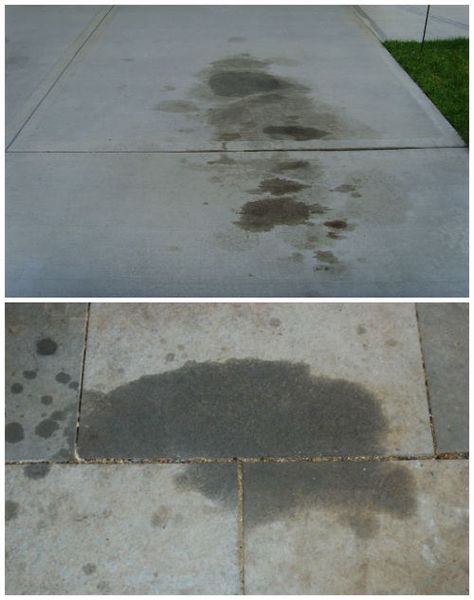 The concentration of the solution is selected depending on the degree of contamination of the coating. An additional advantage of this material is its ability to neutralize efflorescence on the coating. The algorithm of action of the product is similar to the principle of operation of the remedies for efflorescence indicated above. nine0003
The concentration of the solution is selected depending on the degree of contamination of the coating. An additional advantage of this material is its ability to neutralize efflorescence on the coating. The algorithm of action of the product is similar to the principle of operation of the remedies for efflorescence indicated above. nine0003
For regular dry cleaning of debris or dust, you can use dry brushes, sweepers or garden vacuum cleaners (such as Karcher, STIHL, etc.) . It is strictly forbidden to use tools or mechanized cleaning equipment with a metal working part, which can damage the top layer of the paving surface.
Once a month paving slabs require wet brushing or washing . When wet cleaning, it is recommended to direct the water jet at a low angle to the coating in order to minimize any risk of damage to the tile joints (if the joints are damaged, they must be spilled with sand).
In European practice , for regular washing of the coating, the so-called outdoor shampoos are used, which are a complex of surfactants that allow you to clean the surface of dirt, traces of rubber and refresh the color of the coating. Initially, the surface of the pavement is moistened, then the shampoo is applied, after which it is washed off twice. Shampoo consumption averages 1 liter per 1 m3 of water. nine0003
Initially, the surface of the pavement is moistened, then the shampoo is applied, after which it is washed off twice. Shampoo consumption averages 1 liter per 1 m3 of water. nine0003
Timely and proper care of the laid paving slabs (cleaning, washing, filling bare tile joints with sand) contributes to the preservation of the appearance and durability of the coating!
Linoleum, like all flooring, can develop stains over time. What to do with them? Not everyone knows how to remove stains from linoleum. The specificity of the coating is that it is important to deal with dirt in such a way as not to damage the thin decorative layer, scratch it or erase it. Plus, this flooring does not like excessive moisture and abrasive materials. nine0003 Clean and beautiful linoleum
Stains on any linoleum are a problem, especially if there are no special products at hand.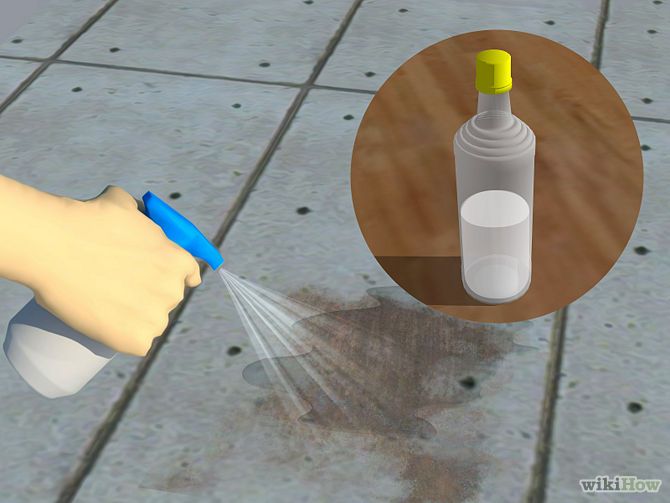 There are enough of the latter on store shelves, and you can solve the problem of pollution simply by using such tools. But for certain reasons, the housewives are in no hurry to buy them, because although they will remove pollution, they can harm the inhabitants of the house with their chemical composition.
There are enough of the latter on store shelves, and you can solve the problem of pollution simply by using such tools. But for certain reasons, the housewives are in no hurry to buy them, because although they will remove pollution, they can harm the inhabitants of the house with their chemical composition.
There are many folk methods and remedies that can cope with stain removal just as well. nine0003
Please note! If new contaminants appear on the coating every now and then, you need to understand why this is happening. Without knowing the reason, you can fight windmills, because pollution will appear again and again.
Remedies can help with a variety of stains. They are:

Most of these products are at home in every housewife, so you don't have to worry about what and how to remove stains from linoleum. Although it is worth learning about the methods in more detail, because some products can permanently damage the coating.
All stains must be removed immediatelyIt is worth remembering that it is necessary to monitor the condition of the coating regularly and immediately remove the dirt that has appeared, so it will be possible to avoid their penetration into the thickness of the web, because it is sometimes very difficult to deal with such defects.
Before considering the methods and techniques for using a variety of products, you should learn some rules:
 If not, then you can resort to other methods. nine0135
If not, then you can resort to other methods. nine0135 Another important fact for the successful removal of stains from linoleum is to determine their type and origin, so it will be easier to choose a product. The options are very different, but common are:
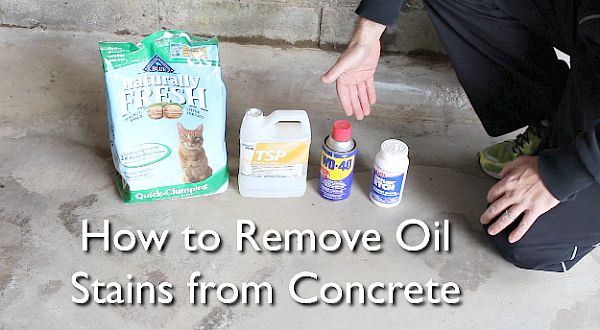
To avoid the need for strong cleaners, regular maintenance is required.
Dirt, dust, can be removed like this:
Yellow stains, as well as traces of wax, paraffin and other melting substances, if any, can be removed with an iron. For this you need:
 Contamination must transfer to the absorbent material.
Contamination must transfer to the absorbent material. They are different, these are the already mentioned red spots of unknown origin, a marker and traces from tires (for example, stroller tires), shoe soles, other rubber. There are several options.
"Rubber" marks, shoe polish can be removed with gasoline. To do this, moisten a rag in it, rub the dirt, then rinse the floor with water and wipe it dry. nine0003
The same method will help if there are spots on the surface from fresh asphalt. In some cases, you will have to use both gasoline and acetone.
Ink, corrector, marker can be removed with vegetable oil, linen oil is recommended. The technique is simple:
It is not necessary to flush the oil in this case.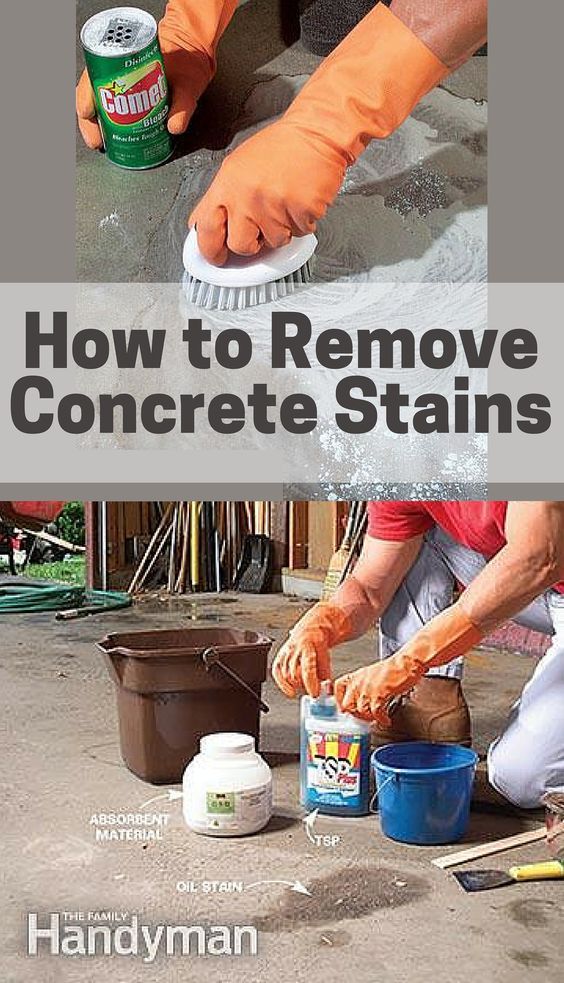
Before removing rust, squeeze the juice from the lemon, because it is the one that fights such dirt best of all. Other household stains, such as fruit and vegetable stains, can be easily removed with hydrochloric acid. nine0003
How to clean linoleum from green paint, and is it possible to do this, any hostess who has encountered such traces will ask. Indeed, this pollution is one of the most difficult, you can remember how difficult it is to remove brilliant green from your hands. Some rules:
There are several ways:
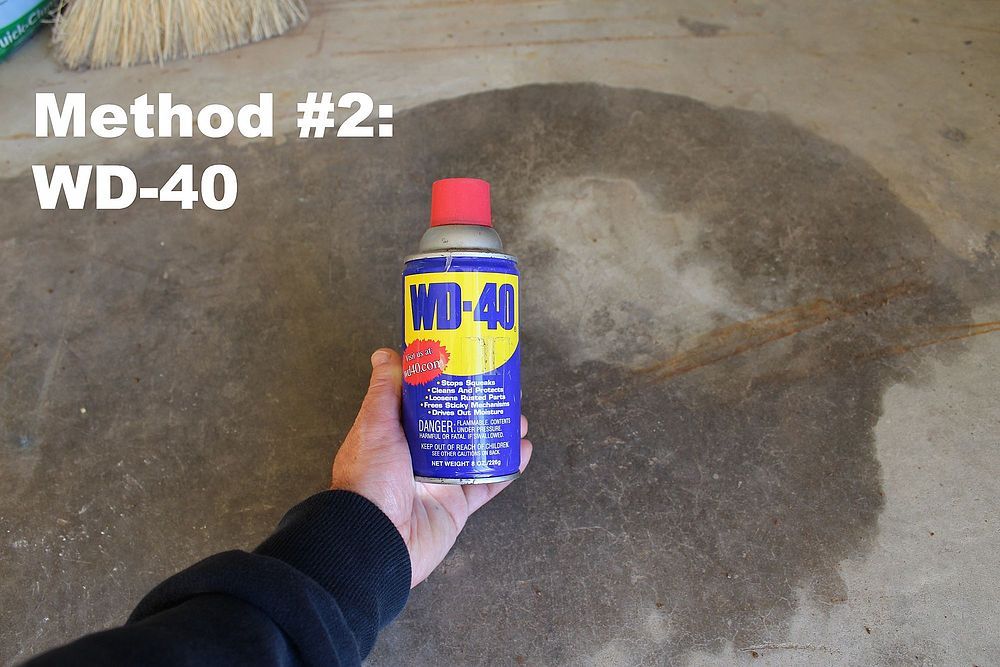 Zelenka should leave with foam.
Zelenka should leave with foam. Another rather difficult stain. If the paint is still fresh, it needs to be quickly blotted with paper, napkins, a rag that you don’t mind throwing away. Next, wipe the spill area with a damp cloth and wipe dry.
Harder with dried paint, action:
You can remove any stains on linoleum, the main thing is not to forget that you need to be careful with any product, and the first thing to do is to try it out. After applying the composition, it must be washed off, and the linoleum wiped dry.
Vkontakte
Google+
Average rating 0 ratings over 0 Share linkLinoleum floors can stain or turn yellow due to scattered mats, spills, improper cleaners, wax and aging. Removing a yellow stain can be a tedious process, but clean linoleum will brighten up an entire room. Before treating the entire floor, test the process on an inconspicuous area to make sure it won't damage the linoleum. After completion, clean the floor from stains, repeating this procedure several times a year.
Wear rubber gloves and pour 1 liter of bleach into a bucket. Add 1 gallon of cool water. Do not use hot water on linoleum. nine0003
Soak a lint-free cloth with this solution.
Rinse the linoleum with a cloth and continue to soak the cloth as you go.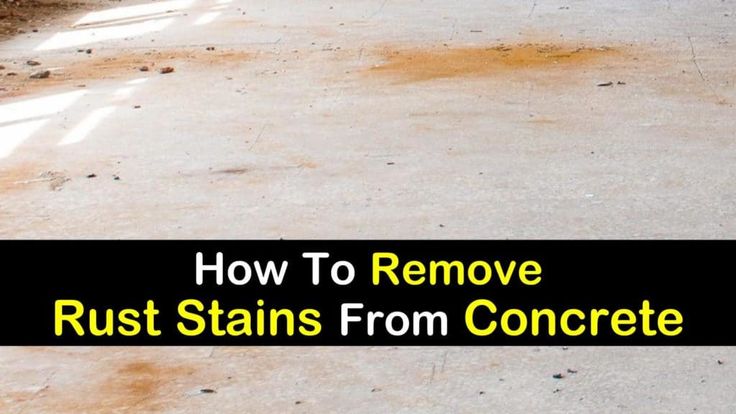 There should be enough mortar on the floor to leave a thin layer.
There should be enough mortar on the floor to leave a thin layer.
Let the solution soak in for at least 30 minutes to an hour. Keep an eye on the stain and allow the solution to soak in longer if needed.
Absorb the solution with a dry, lint-free cloth or mop.
Rinse the floor with clean cold water.
Rinse the bucket and pour in 1/2 gallon of white vinegar. Add 1/2 gallon cool water.
Soak a mop with the solution and rinse the linoleum.
Rinse the floor with clean cold water.
Mix water and bleach powder.
Dip a dish sponge into the paste and wipe over areas that are still turning yellow. Let the paste soak in for a few minutes and then rinse with cool water.
Repeat step 11 if necessary. Wipe the floor with a lint-free cloth. nine0003 .
It could be clumsiness, a slippery glass, or a party that went on too long. Whatever the reason, now your favorite piece of furniture, souvenir or shirt is left with an unsightly stain.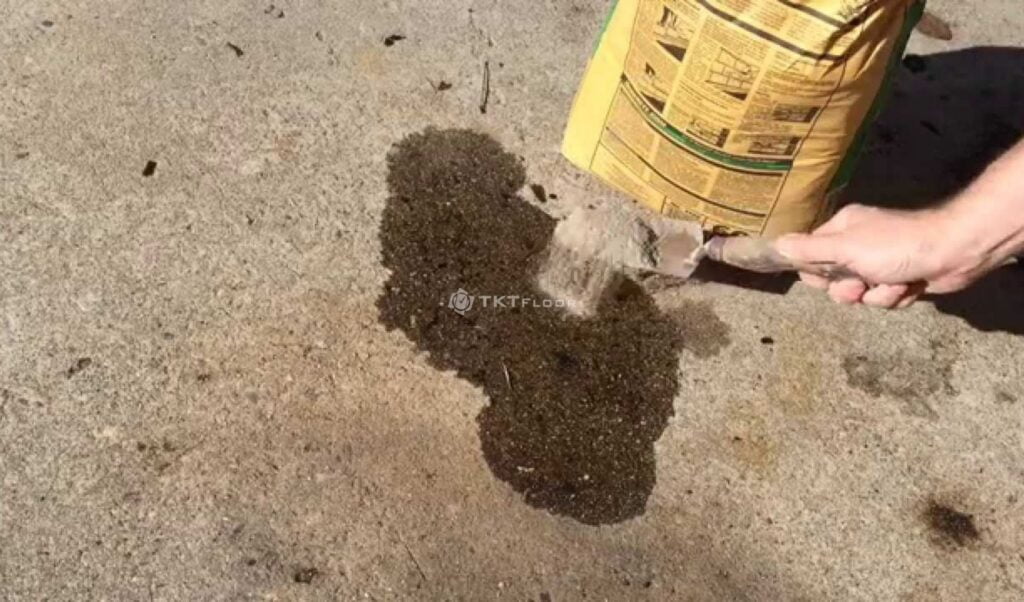 All is not yet lost; there are ways to save this item from the trash can.
All is not yet lost; there are ways to save this item from the trash can.
Acetate, burlap felt, fiberglass, viscose,
Ad
Rope, silk, triacetate, wool
Remove excess liquid. Rinse (stain remover application method to remove stain removers and stain remover residue) with cool water. Apply a wet dropper and a few drops of white vinegar. Cover with an absorbent pad moistened with a damp stain remover and let stand while stains are removed. Keep the stain and pad moist by changing the pad as it picks up the stain. Rinse with cool water, removing excess liquid with a clean absorbent pad. Dry thoroughly. nine0003
Alcohol Stain Removal with:
Acrylic, Cotton, Linen, Nylon,
Olefin, Polyester, Spandex
Sponge (light stroke method with wet pad pointing outward from center of stain) rinse quickly with cool water. Soak if possible (soaking method in the washing machine or in the sink or tub before washing) stain in cool water for at least 30 minutes or overnight.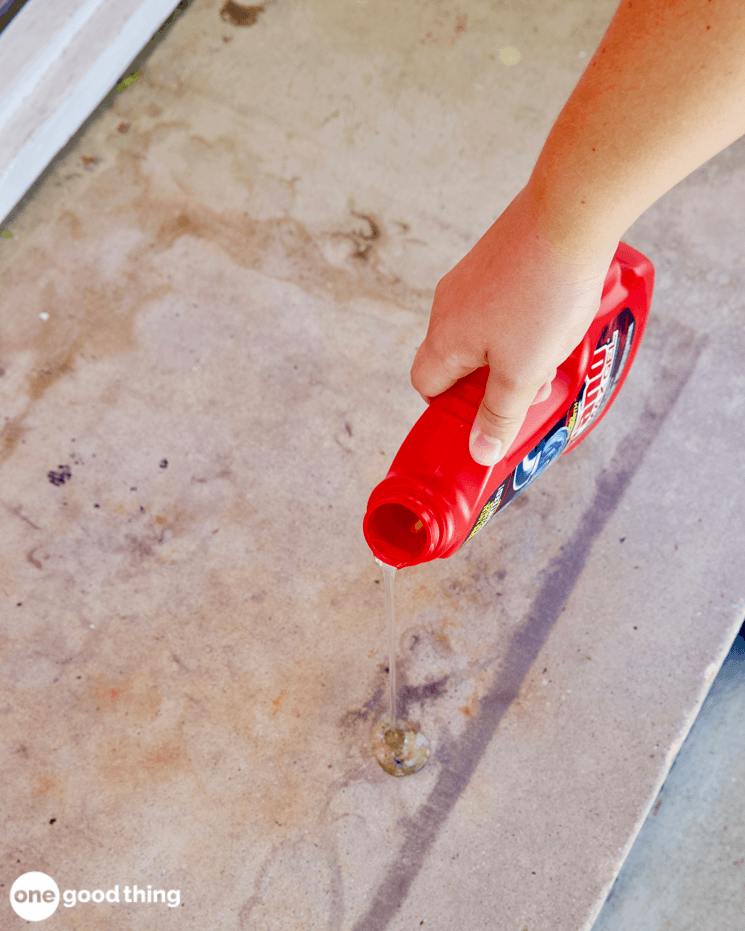 Dilute the stain with undiluted dish soap or liquid laundry detergent. Rinse well. Wash as soon as possible. Old or worn stains cannot be removed. nine0003
Dilute the stain with undiluted dish soap or liquid laundry detergent. Rinse well. Wash as soon as possible. Old or worn stains cannot be removed. nine0003
Acrylic, aluminium, asphalt, chrome,
Copper, cork, enamel, glass, iron, ivory, jade,
Linoleum, paint/flat, paint/gloss, pearl, platinum, plexiglass, polyurethane, stainless steel, pewter, vinyl clothing, vinyl tile, vinyl wallpaper, zinc
Wipe up spilled cloth or sponge dampened with warm soapy water immediately. Rinse well and dry thoroughly.
Alabaster, Marble
Wipe immediately and thoroughly with a damp cloth. If the stain remains, make a poultice of water, chlorine bleach, and mild laundry detergent and apply it to the stain. Cover with damp cloth. Wait until the stain is gone. Rinse thoroughly and dry.
Bamboo, reed, ceramic glass/tile, gold
Wipe up spilled material immediately. Wash with a cloth dampened in a solution of warm water and mild soap with a few drops of ammonia. Rinse with clean water and dry thoroughly. nine0003
Wash with a cloth dampened in a solution of warm water and mild soap with a few drops of ammonia. Rinse with clean water and dry thoroughly. nine0003
Blue stone, brick, concrete, flagstone, granite, limestone,
Masonry, sandstone, slate, terrazzo
Wipe up spill immediately. Remove any residue with a solution of washing soda or all purpose laundry detergent (do not use soap) and water. Rinse well. Let dry completely.
In the next section, we'll look at how to remove alcohol stains from carpet, wood, wallpaper, and other surfaces. nine0003 .
When iron begins to corrode, it forms rust, a substance that often causes unsightly brownish stains. If you accidentally stumble upon a rusty surface, you will end up with a serious laundry stain. Follow these stain removal tips to keep your fabrics and home surfaces clean.
Ad
The first step in removing rust stains is to identify the painted material.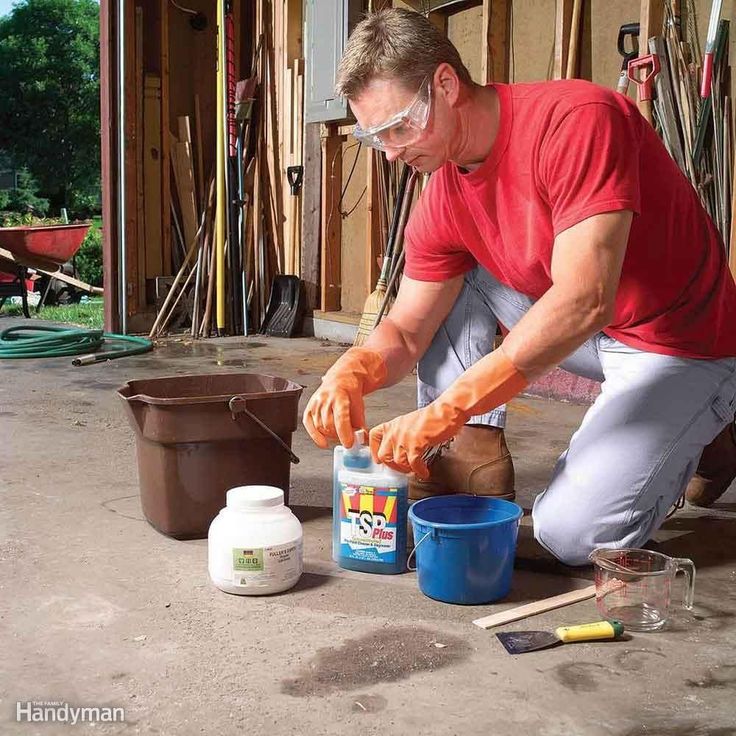 nine0386 If you are dealing with delicate fabrics such as acetate, fiberglass, viscose, silk, triacetate, wool, leather or suede, you should contact the professional cleaner . Due to the difficulty of removing rust stains, it is best not to try to remove the stain from these delicate fabrics yourself.
nine0386 If you are dealing with delicate fabrics such as acetate, fiberglass, viscose, silk, triacetate, wool, leather or suede, you should contact the professional cleaner . Due to the difficulty of removing rust stains, it is best not to try to remove the stain from these delicate fabrics yourself.
Many other materials with rust stains can be cleaned at home. Follow the specific advice on each page for the following materials:
.Follow these steps to remove iodine stains from acetate, acrylic fabric, carpet
(synthetic or wool), cotton, fiberglass, linen, modacrylic, nylon, olefin, polyester, rayon, silk, spandex, triacetate, wool:
Advertisement
